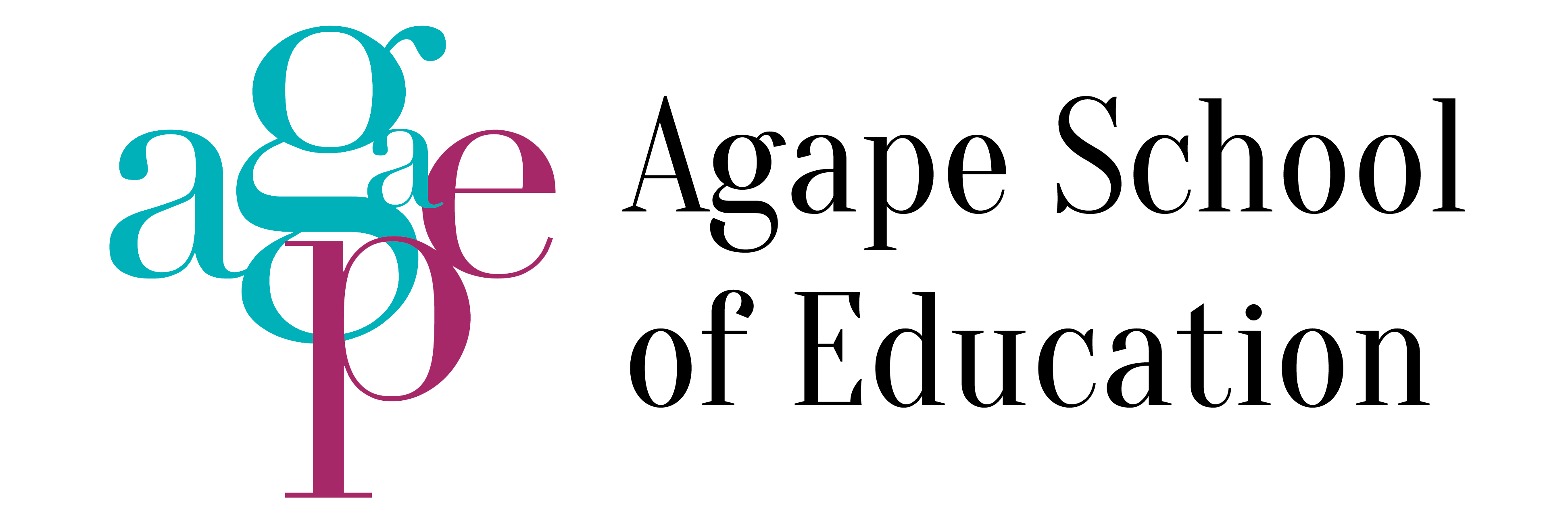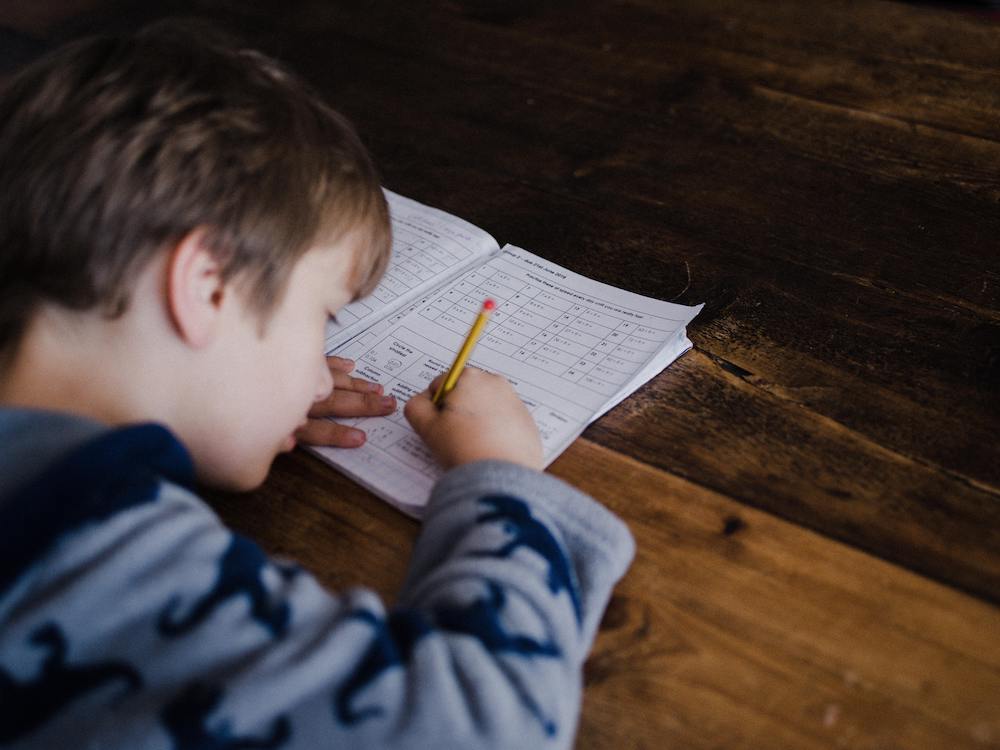In its broadest meaning, ‘self-directed learning’ describes a process by which individuals take the initiative, with or without the assistance of others, in diagnosing their learning needs, formulating learning goals, identify human and material resources for learning, choosing and implement appropriate learning strategies, and evaluating learning outcomes.
By being mindful of bringing self-directed learning into the classroom and leveraging it as an integral part of how we learn, we can create a more meaningful learning experience for students that will last beyond the regurgitation of memorized content.
What is self-directed learning?
When training your child to become a self-directed learner, there are four steps that we use at the Agape School of Education (ASOE). Every student, young or old, has different styles of learning.
Self-directed learning means a student controls and directs their own learning. However, this is more than just deciding what to study. It also entails being able to set your own goals, find appropriate resources and seeking appropriate help at the appropriate time.
Self-directed learners do not rely on teachers in the traditional “spoon-fed” relationship. The teacher does not direct their learning in any way, rather they guide and aid their students’ learning journeys.
At certain stages during the learning journey, an expert, such as the teachers at the ASOE, may be sought out. Self-directed learning is not about trying to learn all by yourself, and many self-directed learners need to seek help by attending a short course either online or face-to-face at some point.
What if my child needs extra tuition help!
If you’re looking for ways to turn your child into a self-directed learner, we’ve got an article specifically on this for you on the Successful Singaporean Student! The face of education is changing. Not only are we moving online and adapting to current restrictions, but this shift is fundamentally changing how we educate society. These are the four steps that we, at ASOE, take when determining how to best help a student.
Step 1: How ready are they to learn?
This is a foundational step in beginning self-directed learning. A self-evaluation of the current situation, study habits, family support and past experiences with learning can help centre and focus the student by making clear what needs to be learnt. We often ask new students to take an assessment test to examine their existing level of knowledge. This gives us a sense of how much the student knows, where the gaps in knowledge are and even what interests them.
Step 2: What are their goals?
All our courses are fully customizable. We want to help you achieve your goals. But this is more than “I want to learn Korean”. A learning goal involves certain specific aspects including:
- Goals of the current study
- Outline and overview of learning initiatives
- Timeline
- Resources per goal
- How grading is measured
- Feedback communication loop between the student and teacher
Step 3: Engage in the learning process
Students need to understand the approach to studying:
A deep approach to studying involves transformation and is ideal for self-directed learning. This approach is about understanding ideas for yourself, applying knowledge to new situations and using novel examples to explain a concept, and learning more than is required for unit completion.
A surface approach involves reproduction: coping with unit requirements, learning only what is required to complete a unit in good standing, and tending to regurgitate examples and explanations used in readings.
A strategic approach involves organization: achieving the highest possible grades, learning what is required to pass exams, memorizing facts, and spending time practicing from past exams.
Step 4: Retrospective evaluation
For students to be successful in self-directed learning, they must be able to engage in self-reflection and self-evaluation of their learning goals and progress. Regular consults with the tutor, feedback and a reflection on the current learning journey can help students and tutors stay on track in goal achievement.
What is the role of the teacher in self-directed learning?
While teachers may not have to ‘spoon-feed’ their students mindlessly anymore, the role of the teacher is expanding with self-directed learning. Without the need to decide what students need to learn, spending time getting them to engage with set material, or setting unanimous goals, teachers are now free to focus on the learning environment.
When students are self-directed, they set their own goals and are intrinsically motivated to achieve their own personal goal. Therefore, the teacher can focus on creating a co-operative learning environment, facilitating student initiatives, being available for consultations or advice.
What are SMART learning goals?
It is essential that clear and specific goals are set such as by using the SMART goal-setting system. For example, the goal of ‘learning to speak German’ is way too vague and potentially unachievable. A SMART goal instead would be to ‘achieve a score of 90 or more on a self-assessment over 3 consecutive occasions within 6 months’. This goal meets every SMART characteristic.
Once goals are set, they should not be adjusted. Moving or changing a goal is called ‘mission-creep’ and it means that the satisfaction and joy of achieving a goal is never experienced. Students are given choices and control over their own learning (to varying degrees), such as by choosing a topic or area of interest for their reading and writing activities.
Teachers can show students how to approach a new topic by setting goals, chunking the topic into manageable parts and showing how to seek authoritative sources of information. Other essential self-directed learning skills include self-questioning, monitoring your own progress, reviewing past learning, consolidation, deliberate practice, spaced practice, self-assessment and reflection.





0 Comments